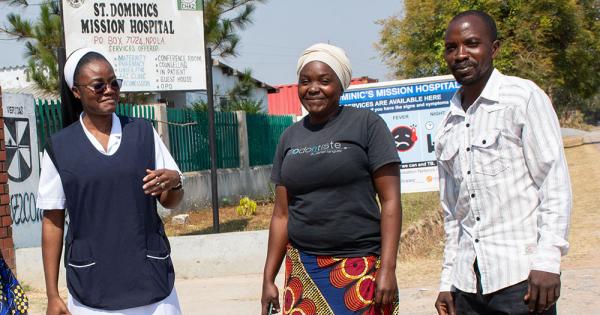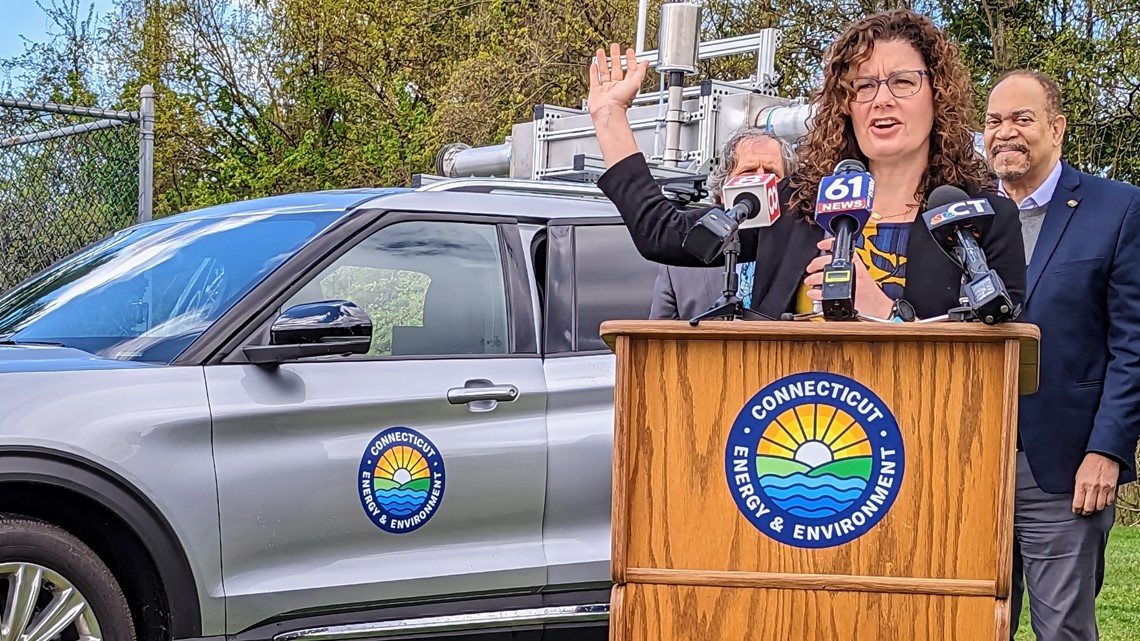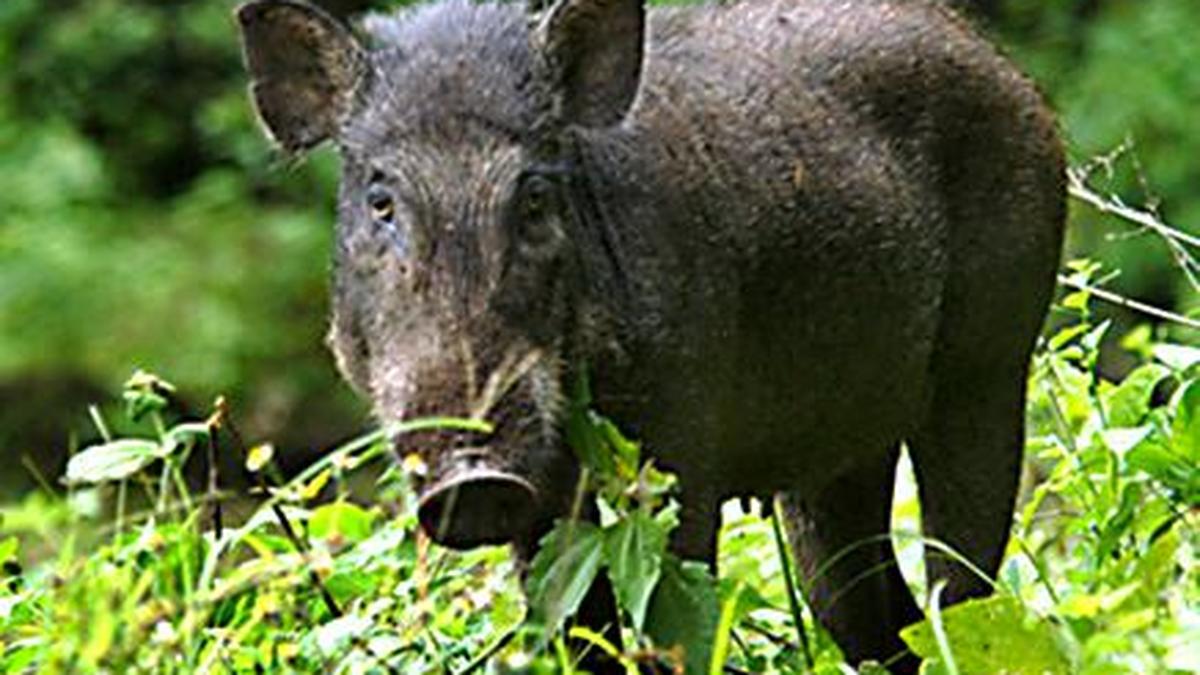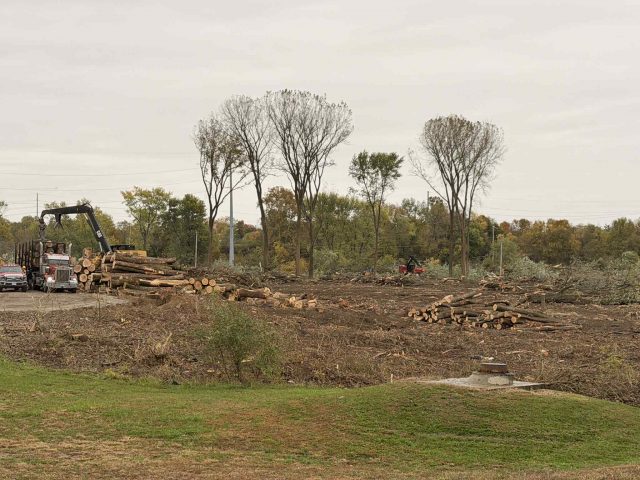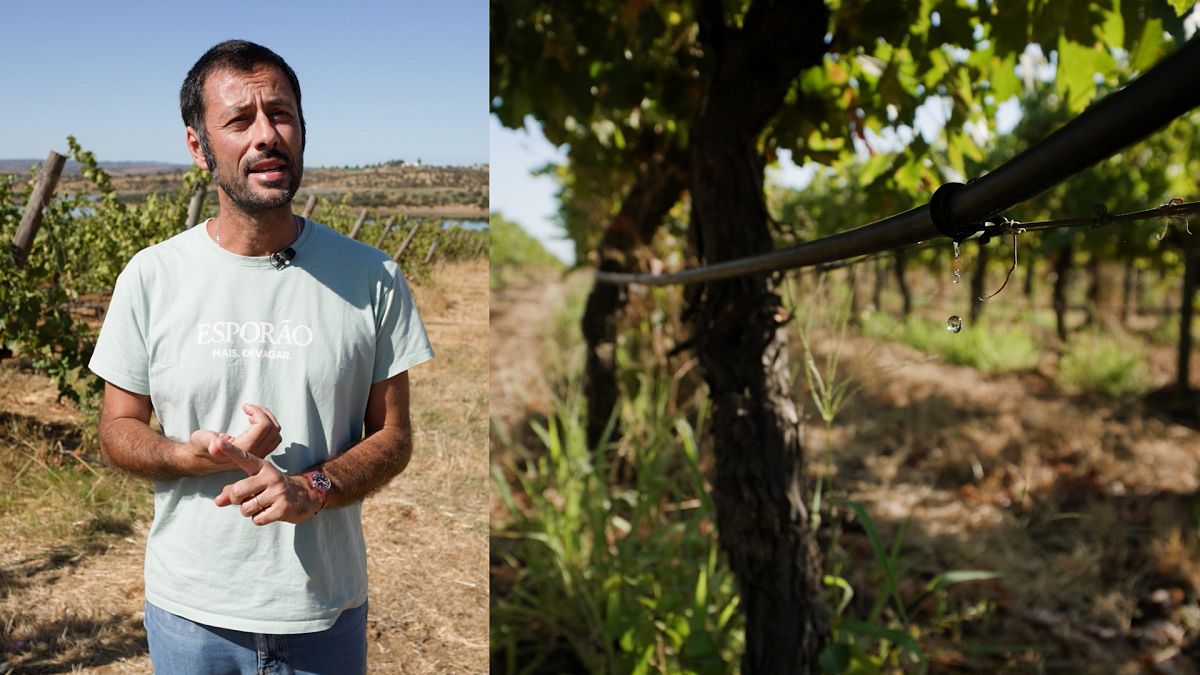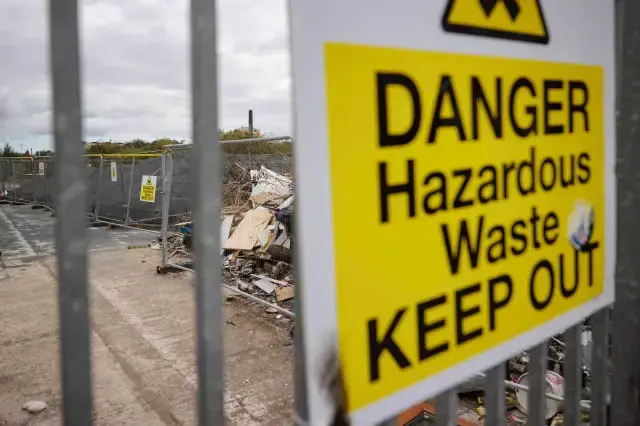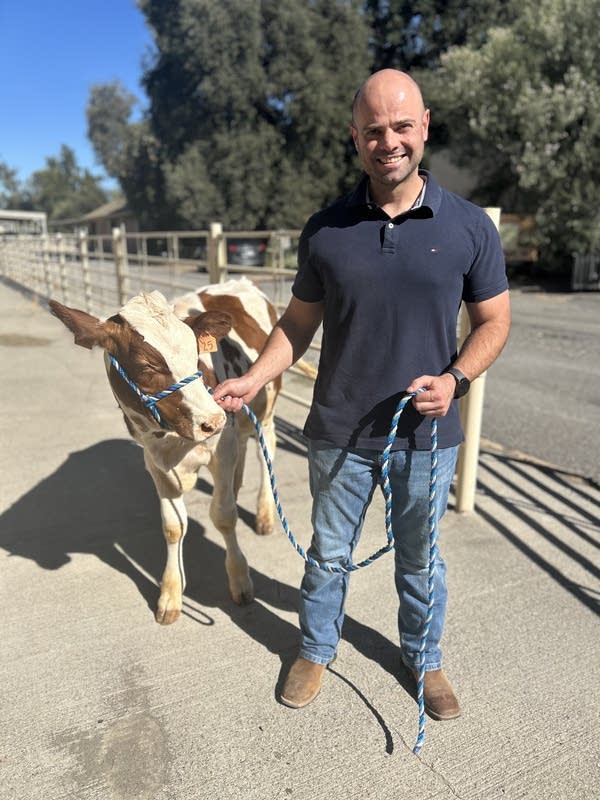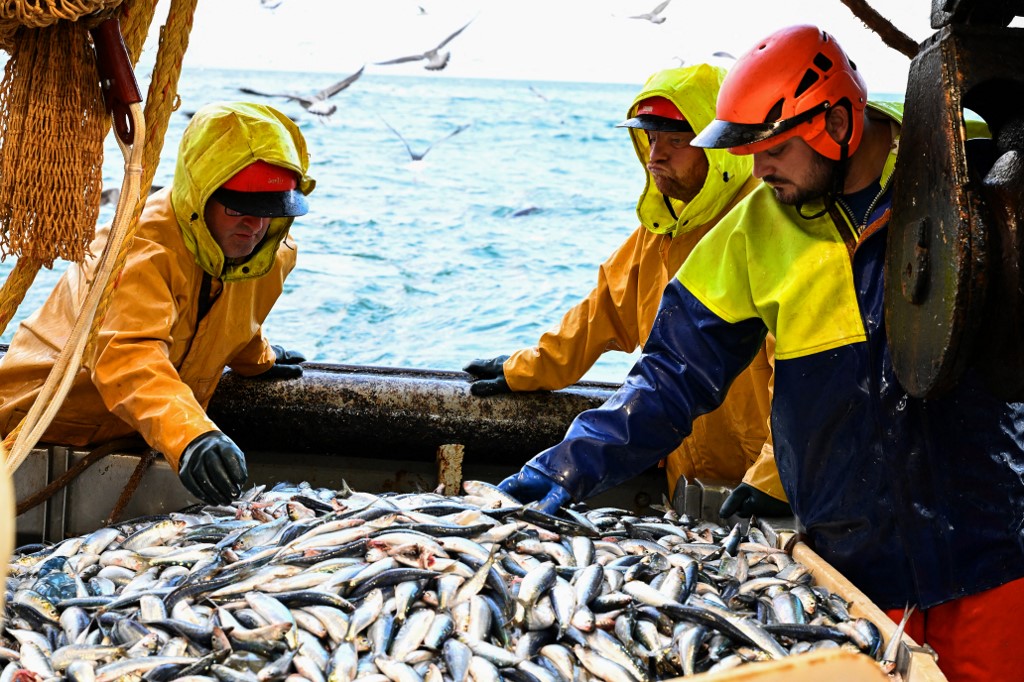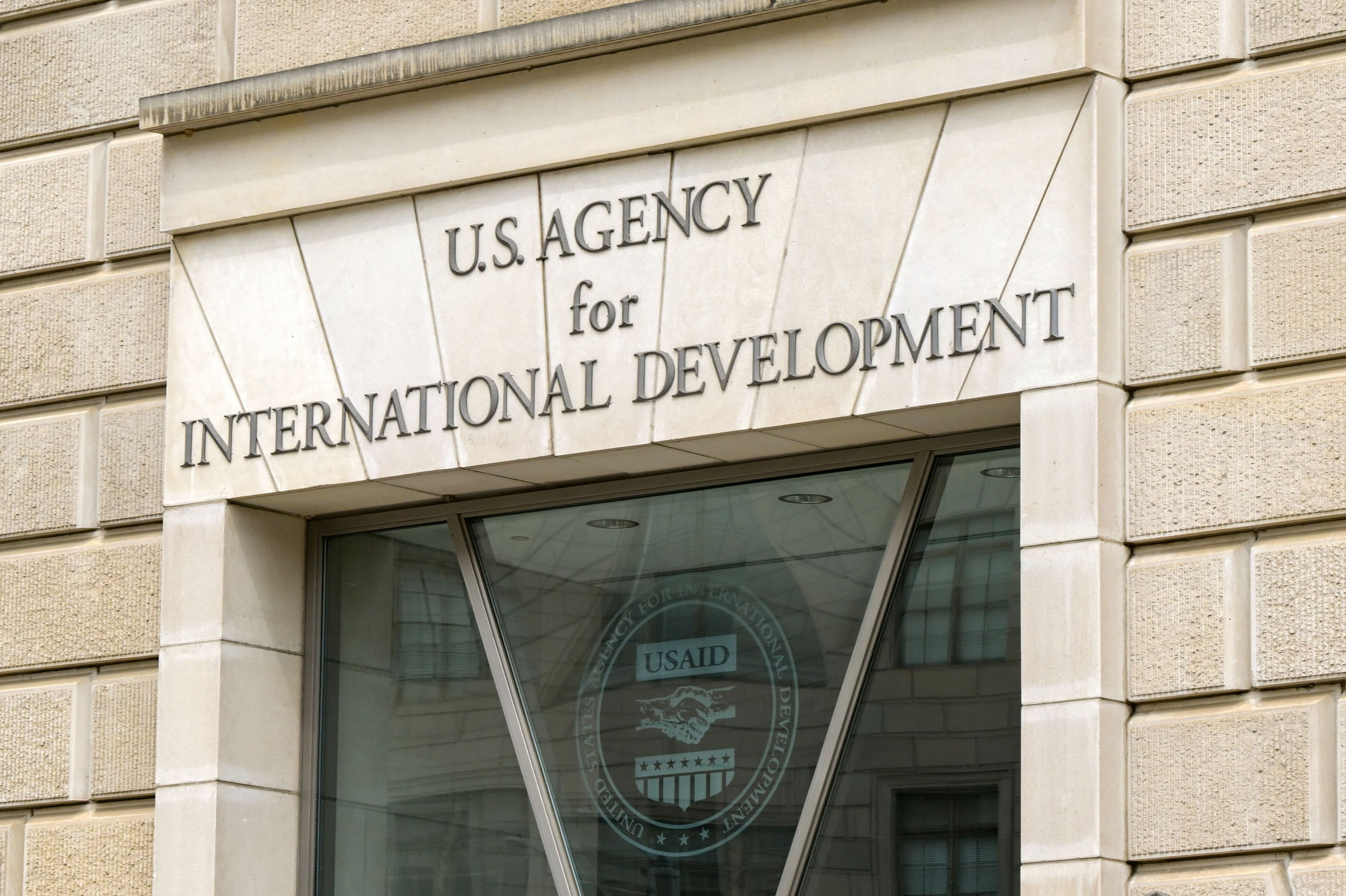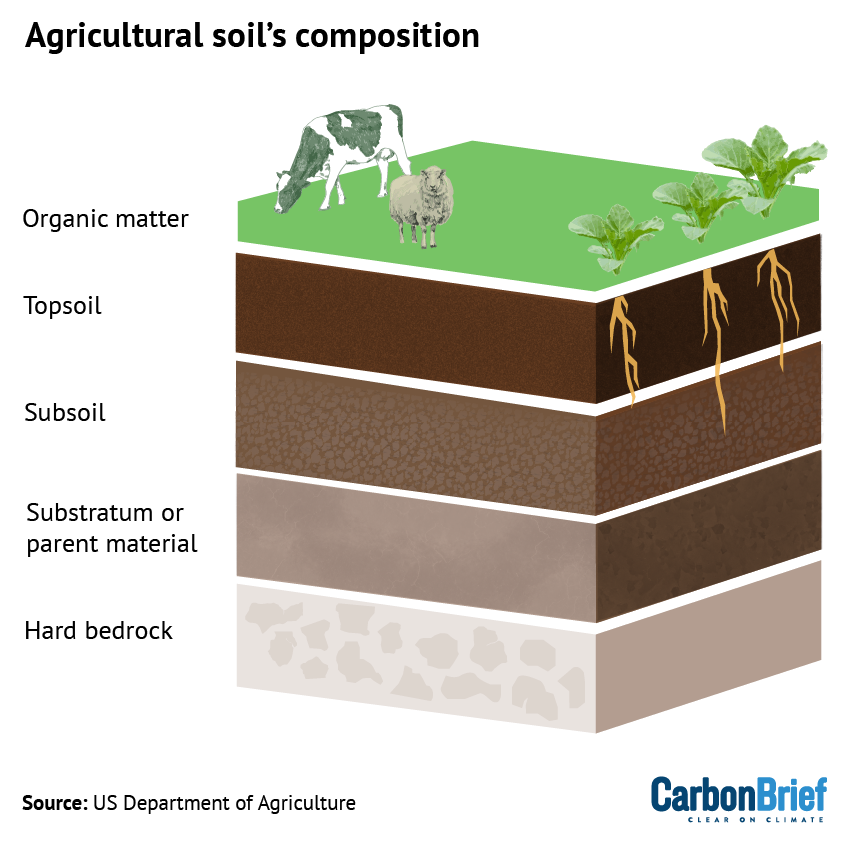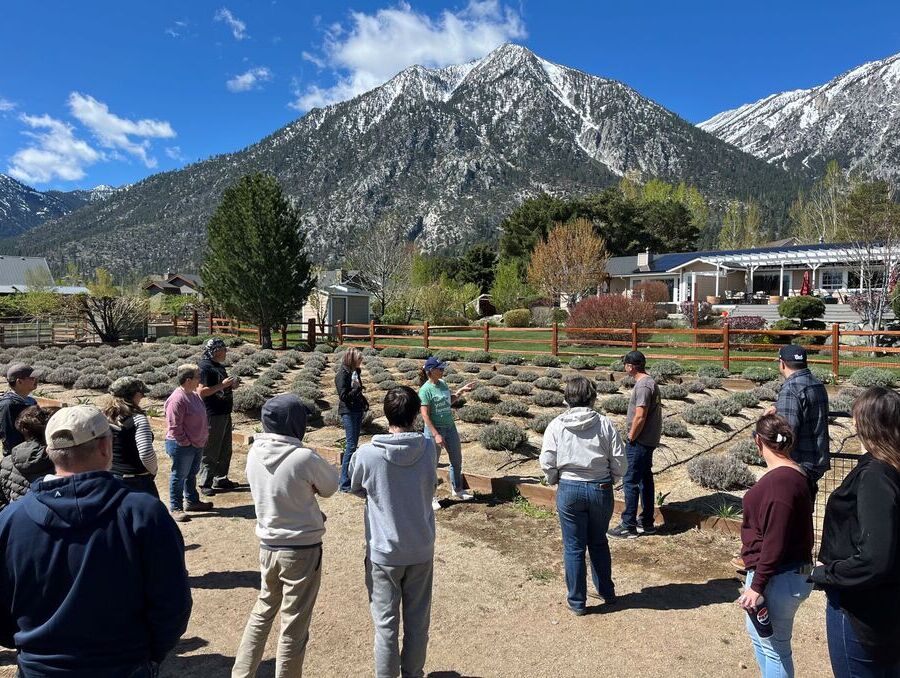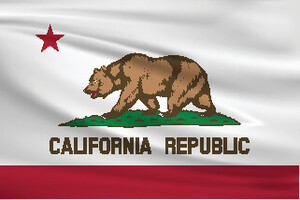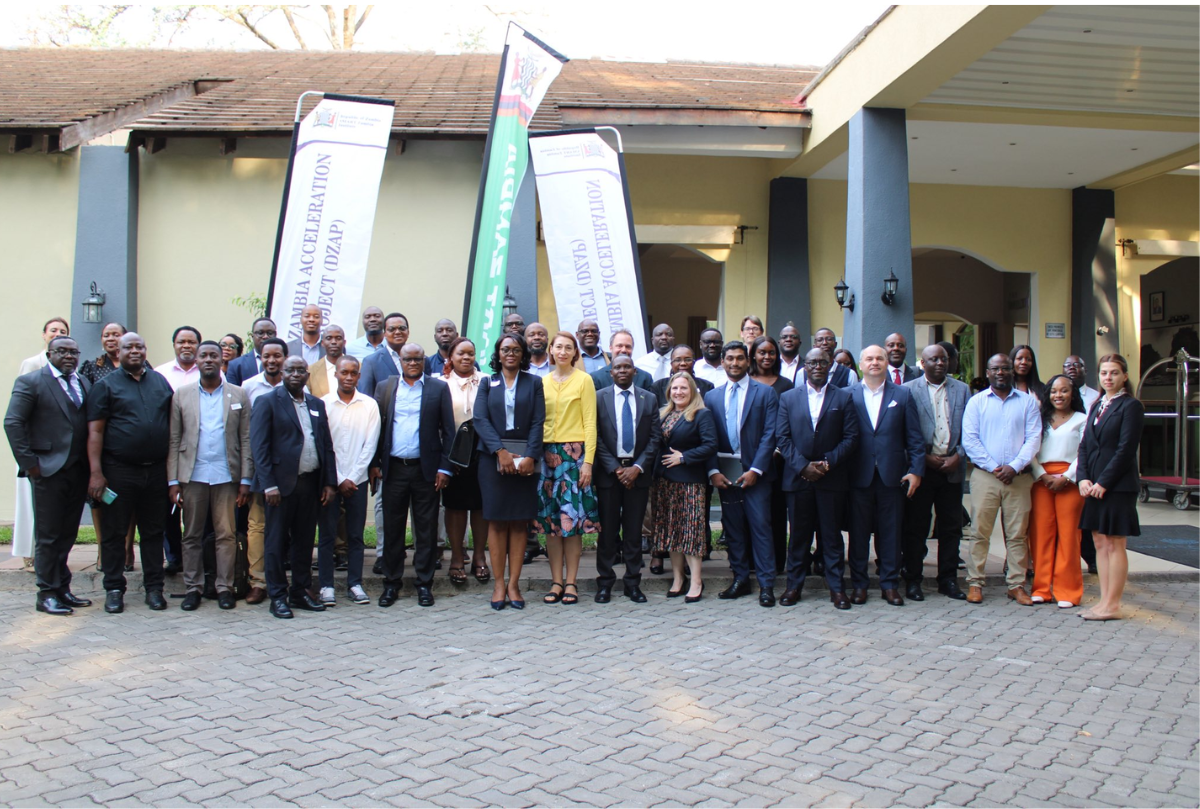$1.9M state project targets nitrates in Beaver Creek to protect central Iowa’s drinking water – KCCI

Report on the Beaver Creek Nitrate Reduction Project
Introduction
A new $1.9 million initiative has been launched to reduce nitrate runoff into Beaver Creek, a critical stream feeding directly into Central Iowa’s drinking water supply. This project aligns with the United Nations Sustainable Development Goals (SDGs), particularly SDG 6 (Clean Water and Sanitation) and SDG 15 (Life on Land), by aiming to improve water quality and promote sustainable land management practices.
Project Background and Objectives
Beaver Creek flows through five counties—Boone, Webster, Greene, Dallas, and Polk—and eventually joins the Des Moines River, which supplies drinking water to over 600,000 residents. Elevated nitrate levels have already led to restrictions such as lawn watering bans across Central Iowa, highlighting the urgency of this project.
The primary objective is to intercept and reduce nitrates, nutrients essential for crop growth but harmful in excess to human health and aquatic ecosystems, before they enter the Des Moines River.
Implementation Strategies
The project focuses on upstream interventions in farm fields and drainage systems to protect downstream drinking water quality. Key conservation and water quality practices include:
- Saturated buffers
- Bioreactors
- Wetland oxbow restorations
These methods are designed to filter nitrate-rich drainage water effectively, promoting denitrification and reducing nitrate delivery to streams.
Stakeholder Engagement and Local Leadership
Justin Grieff, Beaver Creek Watershed Coordinator, leads the collaboration with farmers and landowners, emphasizing the importance of local participation. He notes that most landowners have responded positively to implementing conservation practices. The project’s funding enables more targeted efforts to identify feasible sites and implement interventions with landowner consent.
Alignment with Sustainable Development Goals
- SDG 6: Clean Water and Sanitation – By reducing nitrate pollution, the project ensures safer drinking water for communities downstream.
- SDG 2: Zero Hunger – Sustainable agricultural practices are promoted, balancing crop production with environmental health.
- SDG 13: Climate Action – Restoration of wetlands and buffers contributes to ecosystem resilience and carbon sequestration.
- SDG 15: Life on Land – Protecting aquatic ecosystems and promoting biodiversity through habitat restoration.
Expert Insights and Broader Impact
Dr. Matt Helmers, Director of the Iowa Nutrient Research Center, highlights the project as part of a broader statewide watershed approach to water quality improvement. He emphasizes that although Beaver Creek is a relatively small watershed, the implementation of saturated buffers and wetlands can rapidly reduce nitrate levels.
Boone County Supervisor Erich Kretzinger underscores the urgency of addressing water quality issues for both local and metropolitan populations. He supports science-based strategies such as cover crops and oxbow restoration as effective measures.
Future Outlook
- The project officially commenced on July 1 and will continue for three years.
- It is expected to serve as a model for additional watershed projects across Iowa, contributing to transformational statewide water quality improvements.
- Increased local leadership and adoption of conservation practices are critical for achieving long-term sustainability goals.
Conclusion
The Beaver Creek nitrate reduction project exemplifies a strategic, science-based approach to safeguarding drinking water resources while supporting sustainable agriculture and ecosystem health. By integrating local stakeholder engagement and aligning with multiple Sustainable Development Goals, the initiative represents a significant step toward ensuring clean water and environmental sustainability for Central Iowa and beyond.
1. Sustainable Development Goals (SDGs) Addressed or Connected
- SDG 6: Clean Water and Sanitation
- The article focuses on reducing nitrate pollution in water sources to ensure safe drinking water for over 600,000 residents in Central Iowa.
- SDG 2: Zero Hunger
- Since the issue involves agricultural runoff and nutrient management, it relates to sustainable agriculture practices.
- SDG 15: Life on Land
- Restoration of wetlands and oxbows mentioned in the article supports ecosystem conservation and biodiversity.
- SDG 13: Climate Action
- Though not explicitly mentioned, implementing conservation practices and watershed management contributes to climate resilience.
2. Specific Targets Under Those SDGs
- SDG 6: Clean Water and Sanitation
- Target 6.3: Improve water quality by reducing pollution, minimizing release of hazardous chemicals and materials, halving the proportion of untreated wastewater, and substantially increasing recycling and safe reuse.
- Target 6.6: Protect and restore water-related ecosystems, including wetlands.
- SDG 2: Zero Hunger
- Target 2.4: Ensure sustainable food production systems and implement resilient agricultural practices that increase productivity and production.
- SDG 15: Life on Land
- Target 15.1: Ensure the conservation, restoration and sustainable use of terrestrial and inland freshwater ecosystems and their services.
- SDG 13: Climate Action
- Target 13.1: Strengthen resilience and adaptive capacity to climate-related hazards and natural disasters.
3. Indicators Mentioned or Implied to Measure Progress
- Nitrate Levels in Water Bodies
- Reduction in nitrate concentration in Beaver Creek and Des Moines River as a direct measure of water quality improvement.
- Monitoring nitrate runoff from agricultural fields and drainage systems.
- Implementation of Conservation Practices
- Number and area of saturated buffers, bioreactors, wetland oxbow restorations, and cover crops implemented.
- Percentage of farmers and landowners adopting these conservation practices.
- Water Use Restrictions
- Tracking the lifting or imposition of lawn watering bans as an indirect indicator of nitrate pollution levels.
- Watershed Health and Ecosystem Restoration
- Extent of wetland and oxbow restoration within the Beaver Creek watershed.
4. Table: SDGs, Targets and Indicators
| SDGs | Targets | Indicators |
|---|---|---|
| SDG 6: Clean Water and Sanitation |
|
|
| SDG 2: Zero Hunger |
|
|
| SDG 15: Life on Land |
|
|
| SDG 13: Climate Action |
|
|
Source: kcci.com

What is Your Reaction?
 Like
0
Like
0
 Dislike
0
Dislike
0
 Love
0
Love
0
 Funny
0
Funny
0
 Angry
0
Angry
0
 Sad
0
Sad
0
 Wow
0
Wow
0









